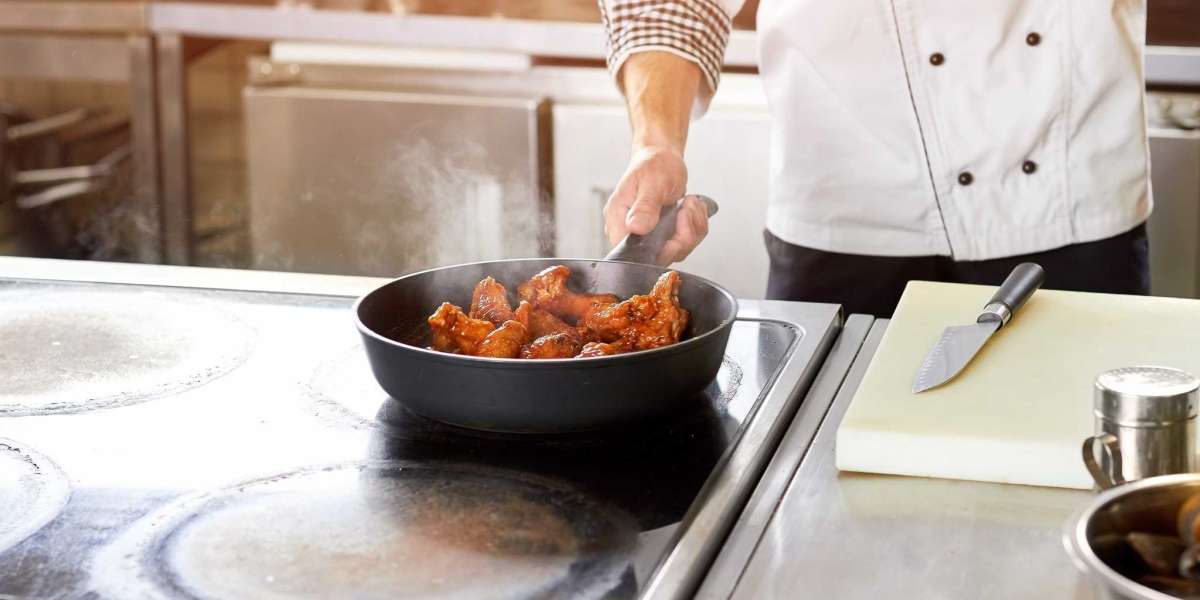When it comes to breastfeeding, many mothers find that using a breast pump can be an invaluable tool. However, one crucial aspect that often gets overlooked is the breast pump flange size. Selecting the correct flange size is essential for both comfort and efficiency during pumping sessions.

What is a Breast Pump Flange?
The breast pump flange is the funnel-shaped part of the pump that fits over the nipple and areola. Its primary function is to create a seal that allows for effective milk extraction. If the flange size is not appropriate, it can lead to discomfort, reduced milk supply, and even potential injury.
Why is Flange Size Important?
Choosing the right breast pump flange size is vital for several reasons:
- Comfort: A well-fitting flange minimizes discomfort and pain during pumping.
- Efficiency: The right size ensures optimal milk flow, allowing mothers to express milk more effectively.
- Prevention of Injury: An ill-fitting flange can cause nipple trauma, leading to soreness and other complications.
How to Determine Your Flange Size
Determining the correct breast pump flange size can be done through a few simple steps:
- Measure the diameter of your nipple using a ruler or measuring tape.
- Consult the size guide provided by your breast pump manufacturer.
- Consider your comfort level during pumping; if you experience pain or discomfort, it may be time to reassess your flange size.
For a comprehensive size guide, you can visit  .
.
Common Flange Sizes and Their Uses
Flange sizes typically range from 21mm to 36mm. Here’s a quick overview:
- 21mm: Suitable for smaller nipples.
- 24mm: The most common size, often recommended for average-sized nipples.
- 27mm: Ideal for larger nipples.
- 30mm and above: Designed for women with larger areolas.
What to Do If You Experience Discomfort
If you find that your current breast pump flange size is causing discomfort, consider the following options:
- Try a different size flange to see if it improves comfort.
- Ensure that the pump is correctly assembled and functioning.
- Consult with a lactation consultant for personalized advice.
In conclusion, understanding breast pump flange sizes is essential for every breastfeeding mother. By selecting the right size, you can enhance your pumping experience, ensuring both comfort and efficiency. Remember, your comfort is paramount, and taking the time to find the right fit can make all the difference.








